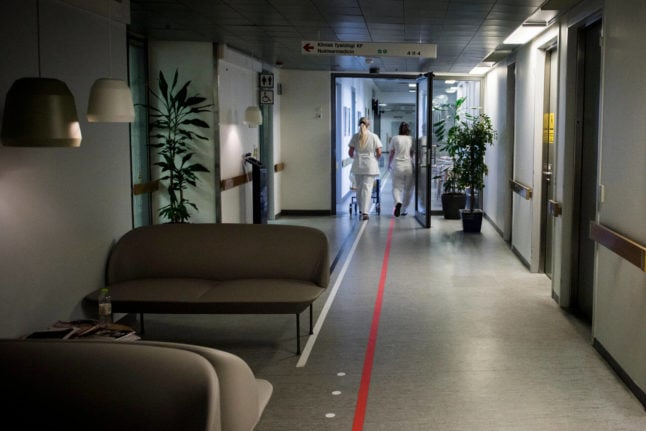The ministry sent out the instruction in a circular after the Higher Health Institute (ISS) released new figures on Friday showing that the number of infections in Italy caused by the Delta and Kappa variants have increased by 16.8 percent in June.
“From our epidemiological surveillance, a rapidly evolving picture emerges that confirms that also in our country, as in the rest of Europe, the Delta variant of the virus is becoming prevalent,” said Anna Teresa Palamara, director of ISS’s infectious diseases department.
READ ALSO: Italian health experts warn about Delta variant as vaccine progress slows
According to ISS data published on Friday, the SARS-CoV-2 variant prevalent in Italy was found to be the Alpha variant (B.1.1.7), responsible for 74.9 of cases. This is now also the most prevalent globally.
Cases associated with Kappa and Delta variants (B.1.617.1/2) “are few overall in January to June”, the ISS report added. But it stated that the frequency and spread of these reports has “rapidly” increased across the country.
The new ISS figure still lower than those from independent analysis of data from the virus-variant tracking database Gisaid, which estimated on Thursday that Delta now accounts for as much as 32 percent of recently confirmed new cases.
Several regions have already reported clusters of the Delta variant, though the amount of test result sequencing and analysis carried out by local health authorities in Italy varies and is often low.
Each region currently volunteers to do a certain number genetic sequencing of positive swabs, which means that Italy has less data available about the spread of variants than countries where sequencing is more widespread and systematic, such as the UK or Denmark.
The region of Puglia on Friday confirmed it would begin sending 60 test results per week for further analysis following the health ministry’s instruction.
Italian authorities had largely dismissed the risks posed by Delta in Italy until recently, describing its presence as “rare” in the country in the official data monitoring report released on June 11th.
Health officials had said at the end of May that they believed vaccinations would be enough to mitigate the risks.




 Please whitelist us to continue reading.
Please whitelist us to continue reading.
My question is, if delta is more widespread in Italy than previously thought, and is most likely increasing, why are hospitalizations and deaths consistently going down? I keep hearing the delta is more dangerous and scary and everything but why aren’t deaths going up?
The UK shows that you can have an extremely high case rate of people infected with the Delta variant, but maintain a very low death rate. This is because the age groups mostly being infected now are far younger, fitter people than those most affected at the beginning of the pandemic. Young people will generally be out and about more, both at work and socially and so have a greater chance of catching the highly-transmissible Delta variant, particularly if they have yet to be vaccinated.
Younger people may become infected, but in most cases will recover without the need for hospitalisation and with very few deaths. Vaccination commenced with the very old and very frail and has worked its way down the age groups, which means older people with co-morbidities who are more at risk of hospitalisation and death are far less likely to become infected, as they are now fully-vaccinated.
The Delta variant is more transmissible, but not apparently more dangerous. It demonstrates the massive importance of pushing on at speed with the vaccination programme, that’s for sure.
So, in other words it’s a non-issue. Covid was dangerous for the people who are now protected. Why are we using delta to continue with restrictions? Remember the regular old flu when people lived like normal in the before times? Yeah that was as, if not more, dangerous to young people as covid is. We need to be basing our decisions not on if covid is eradicated but on how many people are actually dying from it because it isn’t like there are no repercussions from restrictions. Being masked and isolated is not good for the immune system at all for one thing, let alone everybody’s mental health. It’s over folks. Time to go back to normal.
I don’t think for one minute that it’s a non-issue just because deaths are fewer. Many younger people report long-lasting serious symptoms after having Covid (the so-called ‘Long Covid’), and there seems to be little to no treatment for these. Flu isn’t more dangerous to young healthy people and never has been – when we get winter flu surges, the hospitals are full of the elderly frail, not 20 to 40-year-olds. In addition, other countries are still in the midst of the worst of the pandemic.
For Italy at least, we’ve opened up again and mask use won’t be necessary outside from Monday. I don’t think there’s any need for people to be isolated if they don’t want to be. Covid’s definitely not over and it never will be, sadly (it will always be with us) – but we will have to live with it.